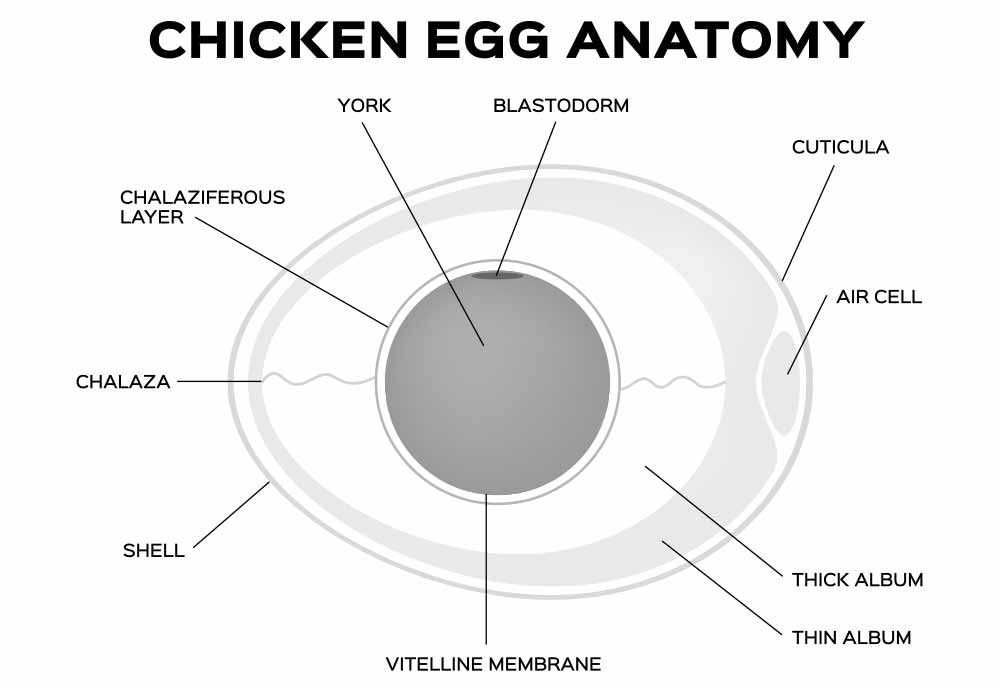
By Matthew R. March, MNRD
Polk County Extension Agent
Whether they are served scrambled, over easy, sunny side up, poached or hard boiled, eggs are a staple of the breakfast table. But have you ever given much thought to what makes up an egg and why? The egg is more than just a nutritious food surrounded by a shell; it is an amazing sample of biology and life.
As we study the parts of the egg, we will start from the center, the yolk, and work outward. Working outward from the yolk is the same process as when the egg is formed within a hen. The yolk is deposited into the hen’s reproductive tract first, followed by additional layers being added until the shell completes the process. The yolk is made up of proteins, fats, vitamins and minerals and provides the food source for a developing embryo or chick. The yolk consists of concentric light and dark bands that are enclosed in what is called a vitelline membrane. This membrane helps keep the yolk together, but as the egg gets older the membrane breaks down and the yolk becomes less plump and begins to flatten. The yolk provides all the nutrition a growing embryo would need and as the embryo grows, the yolk gets smaller until it is consumed in its entirety by the embryo. If you ever look closely at a yolk, you may see a very small white disc; this is where fertilization would take place. If a rooster is present with a hen, you will see a red spot within the disc, commonly known as a blood spot.
As you can guess, the next major part is the egg white or albumen as it is technically called. The albumen is made up of four layers: chalaziferous (attaches albumen to yolk), inner thick layer, outer thick layer and outer thin layer. The egg white consists primarily of water and proteins. Its function is to provide support to the yolk or embryo and provide proteins. If you ever looked closely at a cracked egg you will notice that the yolk is connected to two twisted cordlike structures. This is called the chalazae and is kind of like a spring system for the yolk while keeping it in place.
The last major part of the egg is the shell and its associated membranes. The shell is really an amazing structure. The shell is semipermeable, allowing air and water to be exchanged through pores, which is essential for the developing embryo. There is inner shell membrane and outer shell membrane that adhere together on the inside of the shell, except at the large end where an air pocket is created. If you place an egg up to a light source in a dark room, you can see the air pocket inside the shell. The shell itself is made up of several layers you can only see under a microscope, that is capped off with a cuticle layer. The cuticle layer helps to close the shell pores when the egg is laid to help protect the inside of the egg from bacteria. However, as the egg gets older the cuticle breaks down, allowing air and water to move through the pores which corresponds to the needs of the developing embryo.
The egg really is one of nature’s wonders. Next time you crack open an egg, see if you can identify some of the parts.









Comment
Comments